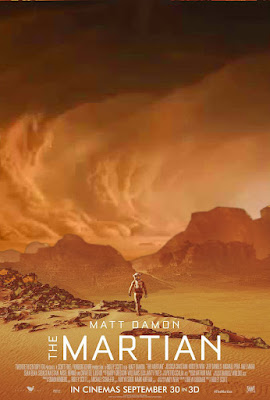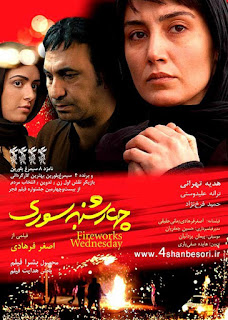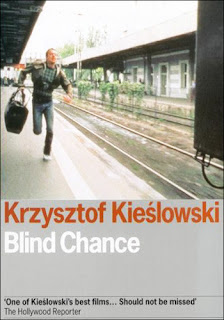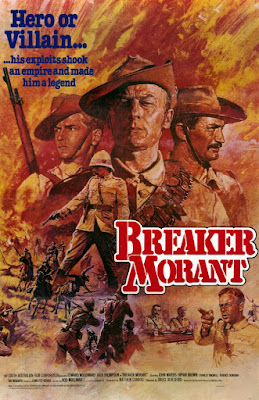Powerhouse perfs drive Fatih Akin’s film about a pair of German/Turkish manic/depressives who meet-cute in a suicide recovery clinic. Him (Birol Ünel): clean-up guy at a punk/jazz club; survives on beer & cocaine; 40s, with a rock star’s bod & the ravaged looks of a gone-to-seed Jon Bon Jovi. Her (Siebel Kekilli): 20s & delicate; desperate to put some distance between her & a tradition-bound family; hairdresser; one-night stand enthusiast. (These two are no DAVID AND LISA/’62!) In no time, there’s a marriage of convenience, with wary parental approval, and a nearly functioning ‘open’ relationship when they’re not suicidally acting out. Violence, blood & sex tend toward the graphic, yet there’s a jovial spirit between these two; a happy mess, punctuated into chapters with music from a Turkish group serving up songs as commentary in Brechtian mode. A very entertaining package. But halfway in, first Him, then Her, unexpectedly fall in love with each other for real, and the film turns serious, darker & less effective as the weight of the story is no longer supported by Akin’s surface-oriented character construction. Especially true for the young wife whose craziness comes & goes too conveniently. But don’t let that hold you back, too many good things in here, especially from a commandingly demented Birol Ünel.
DOUBLE-BILL: All told, this is a more successful than Akin’s THE EDGE OF HEAVEN/’07, but you’ll still want to see it. More, please.
SCREWY THOUGHT OF THE DAY: Akin’s the guy who might have made the English-language GIRL WITH THE DRAGON TATTOO remake work.
































